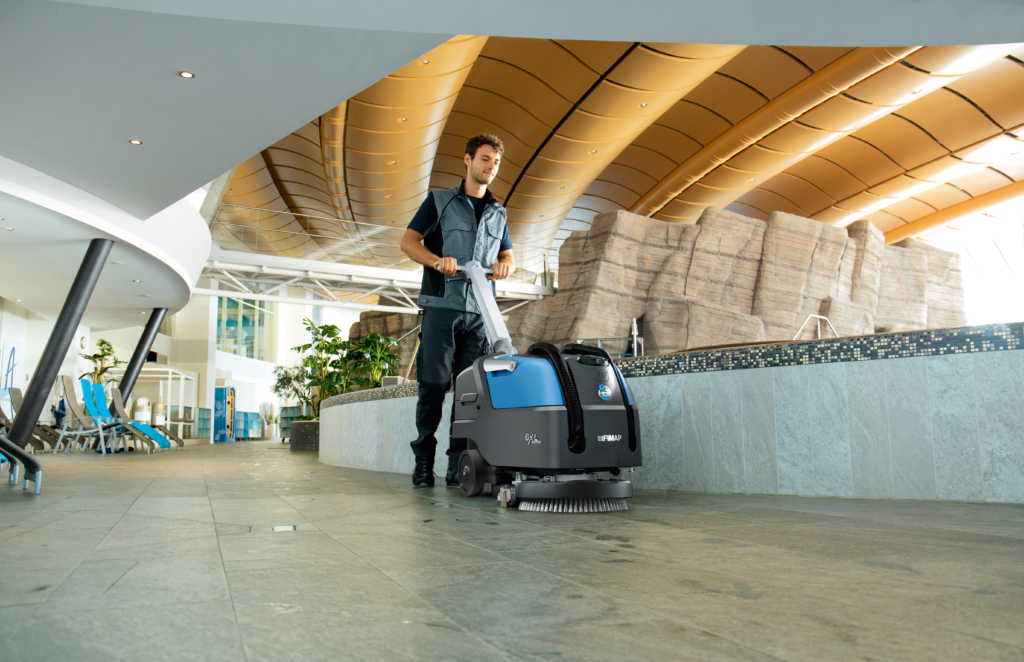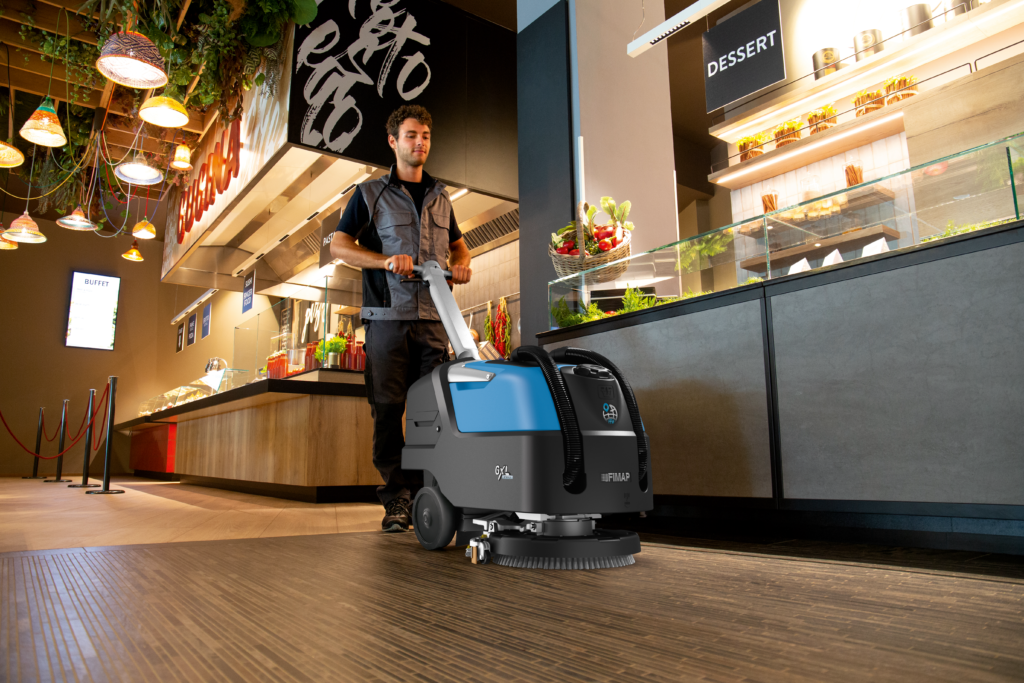Understanding Common Industry Infections and How to Control Them
Germs are everywhere. Most of them are harmless – and usually, our immune systems can fight off the ones that aren’t – but some germs can mutate to get past your body’s defences, and some groups are more at risk of infection than others. Knowing what causes infections and how they spread can help keep you and others safe.
In this blog, we look at common infections that affect the education, healthcare, and manufacturing industries and share some guidelines to help you prevent transmission and control infection rates.
Infections: causes & transmission
Infections are caused by microorganisms like bacteria, viruses, parasites, and fungi – also called germs. The ‘modes of transmission’ vary according to the specific infection, so the precautions you can take to prevent them from spreading depend on what kind of germs they are.
Airborne or droplet spread – common colds, COVID-19, influenza (flu), whooping cough
Respiratory infections like these spread via small respiratory particles. You don’t necessarily have to have close contact with an infected person. Sneezing, coughing, and talking can spread droplets – but they may also contaminate hands, cups, toys, etc., and spread to others who touch these items, especially if they touch their nose or face afterwards. Adequate ventilation and good respiratory hygiene behaviour are vital for combating the spread of airborne germs.
Direct contact spread – chickenpox, mononucleosis (mono), norovirus, MRSA
Some infections spread via direct contact. They can be transmitted skin-to-skin, via contaminated food or surfaces, and through contact with infected bodily fluids. In these cases, it is essential to maintain a clean and sanitary environment to prevent the spread of infection.

A guide to preventing infections in different environments
1. Education
Common infections: Colds, flu, strep throat, gastroenteritis (stomach flu), ear infections
Infections are common in education settings. Germs spread quickly when lots of people come into regular physical contact with each other. And while a child’s immune system is still developing, they are more susceptible to viruses and bacteria. Attending school face-to-face is very important for the well-being, development, and future of children and young people, and illness is the most common reason for missed classes.
A report published by the Department of Education in March 2019 states that illness is the main reason for absence from school for pupils of all ages in the UK. 54.7% of absentee pupils were off with sickness in the academic year 2017-2018.
To protect pupils and staff and minimise disruptions to the curriculum, educators should employ best practices for infection prevention and control in school, college, and childcare settings:
- Hand hygiene: Ensure all pupils and staff have access to liquid soap, warm water and paper towels; educate children on the importance of regular handwashing.
- Respiratory and cough hygiene: Encourage everyone to follow proper respiratory hygiene and cough etiquette.
- Cleaning: Clean and disinfect all surfaces according to a regular schedule; ensure cleaning staff have the right PPE; disinfect or dispose of cleaning equipment after use.
- Bathroom sanitation: Ensure toilet paper is available and provide hand wash basins with warm running water, a mild liquid soap, and disposable paper towels for drying; soap and towel dispensers should be wall-mounted where possible; disposal systems (waste and sanitary bins) must be foot-operated. For early years care recommendations, click here.
- Ventilation: Keep classrooms, corridors etc., well ventilated to reduce the number of airborne germs; open windows and doors (except fire doors); monitor CO2 levels in school/college buildings.
Destroy viruses and bacteria and prevent airborne allergies, infections, and sickness with Medi UV-C Air Purifiers, which sterilise up to 99.999% of air.
2. Healthcare
Common infections: Respiratory tract infections (pneumonia), surgical site infections, sepsis/bacteraemia, C. diff
Patients in hospitals and other long-term healthcare facilities like care homes are more at risk of developing infections because they have weak immune systems, and germs are more prevalent. Additional risk factors include:
- Invasive procedures
- Severity of illness
- Not adhering to best practices for prevention
- Over- or improper use of antibiotics
The European Centre for Disease Prevention and Control (ECDC) estimates that around 4 million people acquire healthcare-associated infections (HAIs) annually in hospitals in EU countries, Iceland, Norway, and the UK. HAIs increase the risk of patient morbidity and mortality and are a drain on hospital budgets. More than 90,000 people die in these countries annually because of six common HAIs (Cassini et al., 2016), making them the single most deadly and cost-adverse events for healthcare organisations. HAIs account for up to 6% of public hospital budgets in European countries and cost the NHS £1bn annually.
3. Manufacturing
Common infections: Campylobacter, E. coli, salmonella
Campylobacter, E. coli, and salmonella are bacterial infections that live in the gut, caused by:
- Handling raw meat or poultry
- Eating contaminated raw or undercooked food
- Eating contaminated bought food
Prepackaged food is a breeding ground for bacterial infections. Bagged salad, in particular, provides the perfect environment for the growth of salmonella. Most salad leaf crops are first exposed to salmonella while they are growing. Then, when they reach the processing facility, the germs can get into the water and contaminate work surfaces and equipment. Researchers from the University of Leicester have found that the salad leaves release juices when cut, which enable the bacteria to keep growing in the water inside the bag.
Juices from the salad leaves make it difficult to wash off the germs once the salad is contaminated, but there are still measures you can take to prevent infections in your food manufacturing facility.
- Hand hygiene: Staff must wash their hands thoroughly using plenty of soap and hot water, cleaning between fingers and under nails, rinsing and drying thoroughly with paper towels
- Food safety: Keep raw meat covered and separate from other foods and store at the bottom of the fridge; use separate chopping boards for cutting raw and cooked foods, meat and vegetables, etc.; cook meat products thoroughly; wash utensils after use.
- General cleaning: Clean all workstations, surfaces and equipment with a suitable cleaning solution.
Parc Global can provide your food manufacturing business with a regular supply of essential cleaning products. Our powerful, odourless kitchen sanitiser spray cuts through heavy grease and ensures all surfaces are safe as well as shining clean.

More clean in less time
Parc Global has been delivering hygiene, sanitation and cleaning PPE products to global education, healthcare, and food manufacturing companies for 45 years. Check out our case studies page to see how we ensured a consistent supply of essential hygiene products for the NHS during the pandemic. And learn how we delivered a reliable quantity of high-quality cleaning materials to a major food manufacturer in the North of England to help them keep up with their production demand.
Do you want to get More Clean in Less Time? Find out how solutions from Parc Global can benefit your business. Call us on 0113 220 4080 or email [email protected] today.


